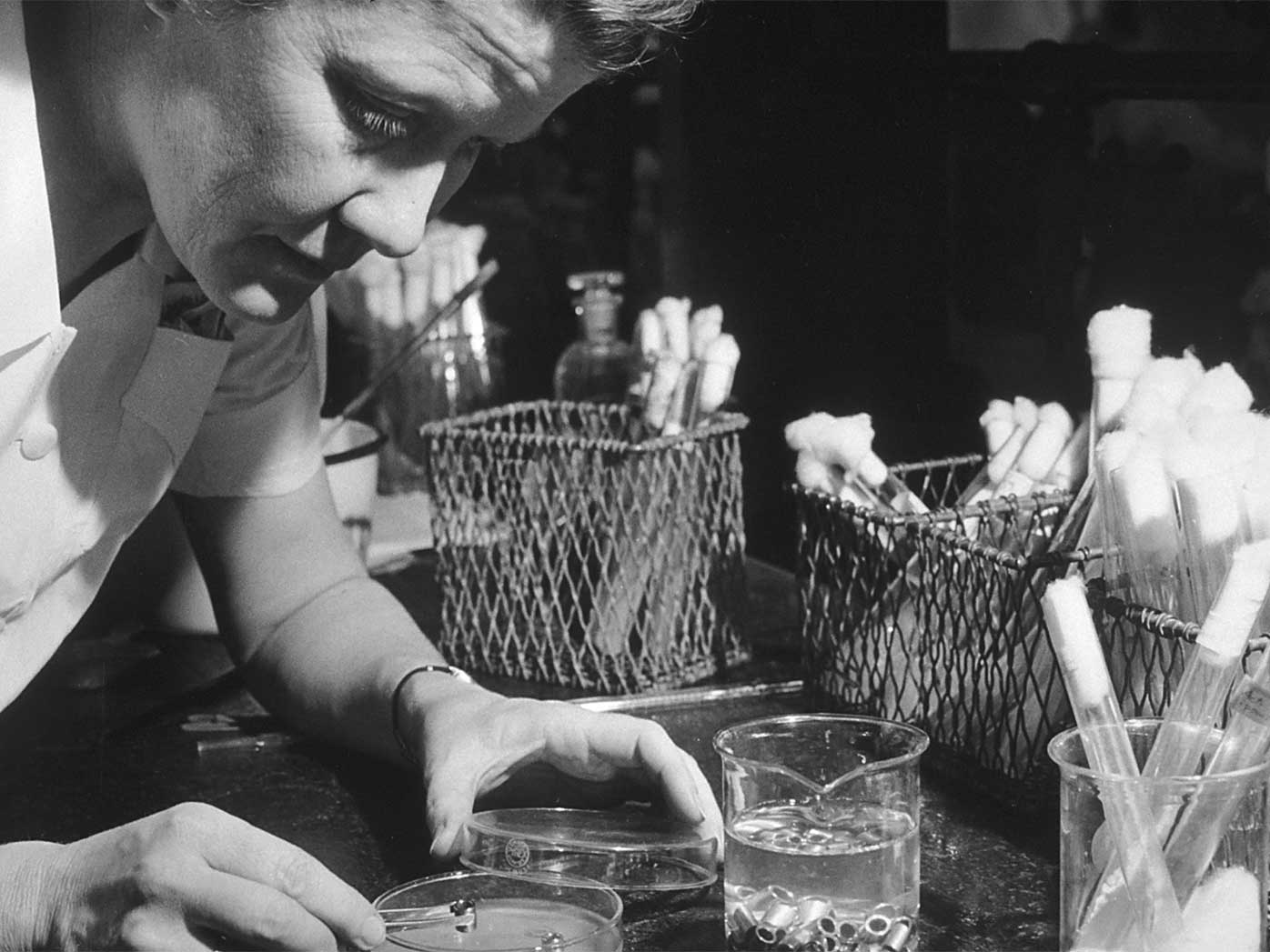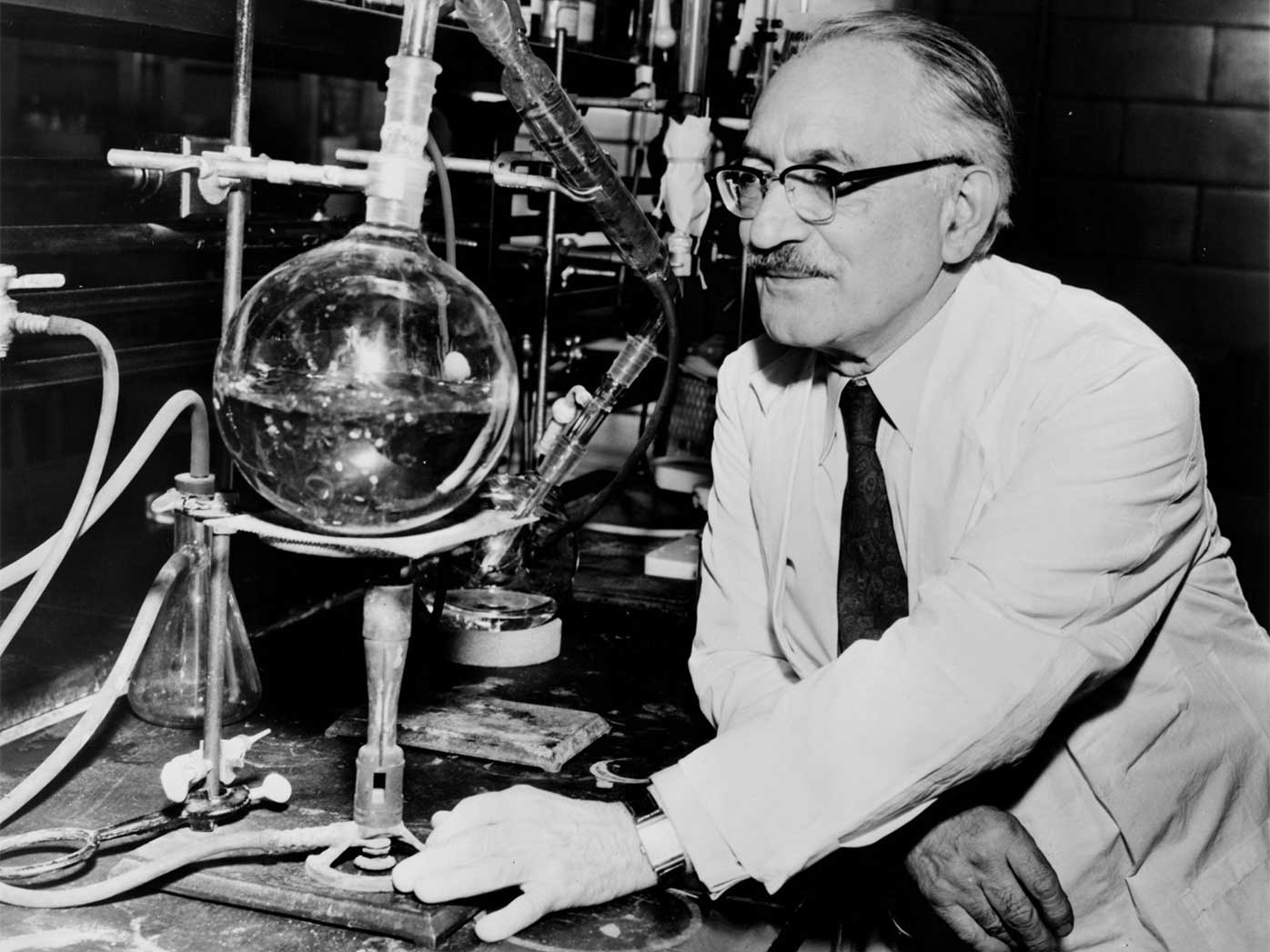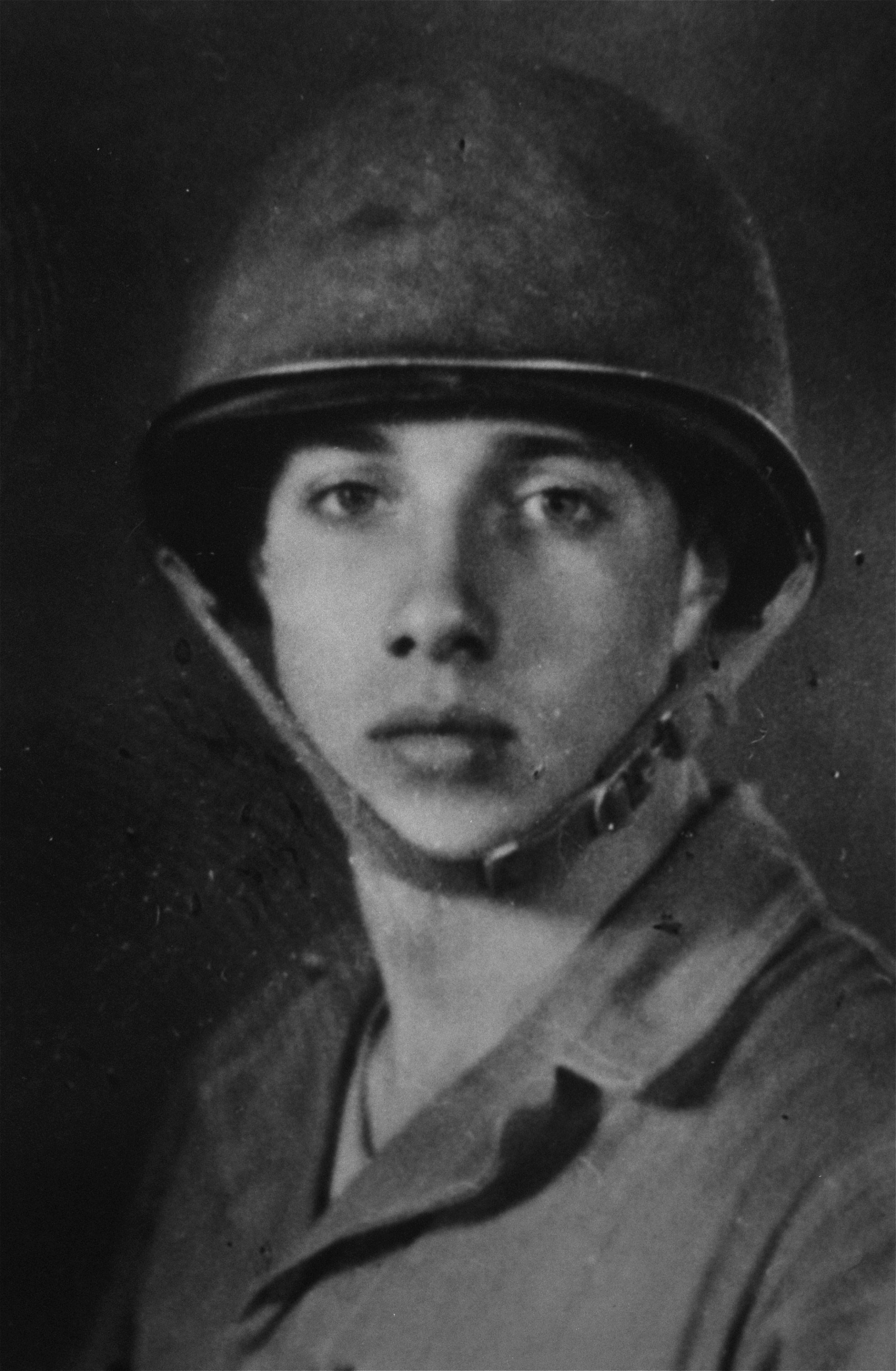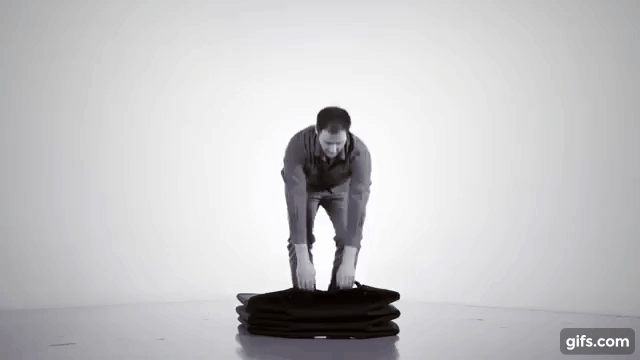Albert risked his life to cure tuberculosis. But someone else took credit
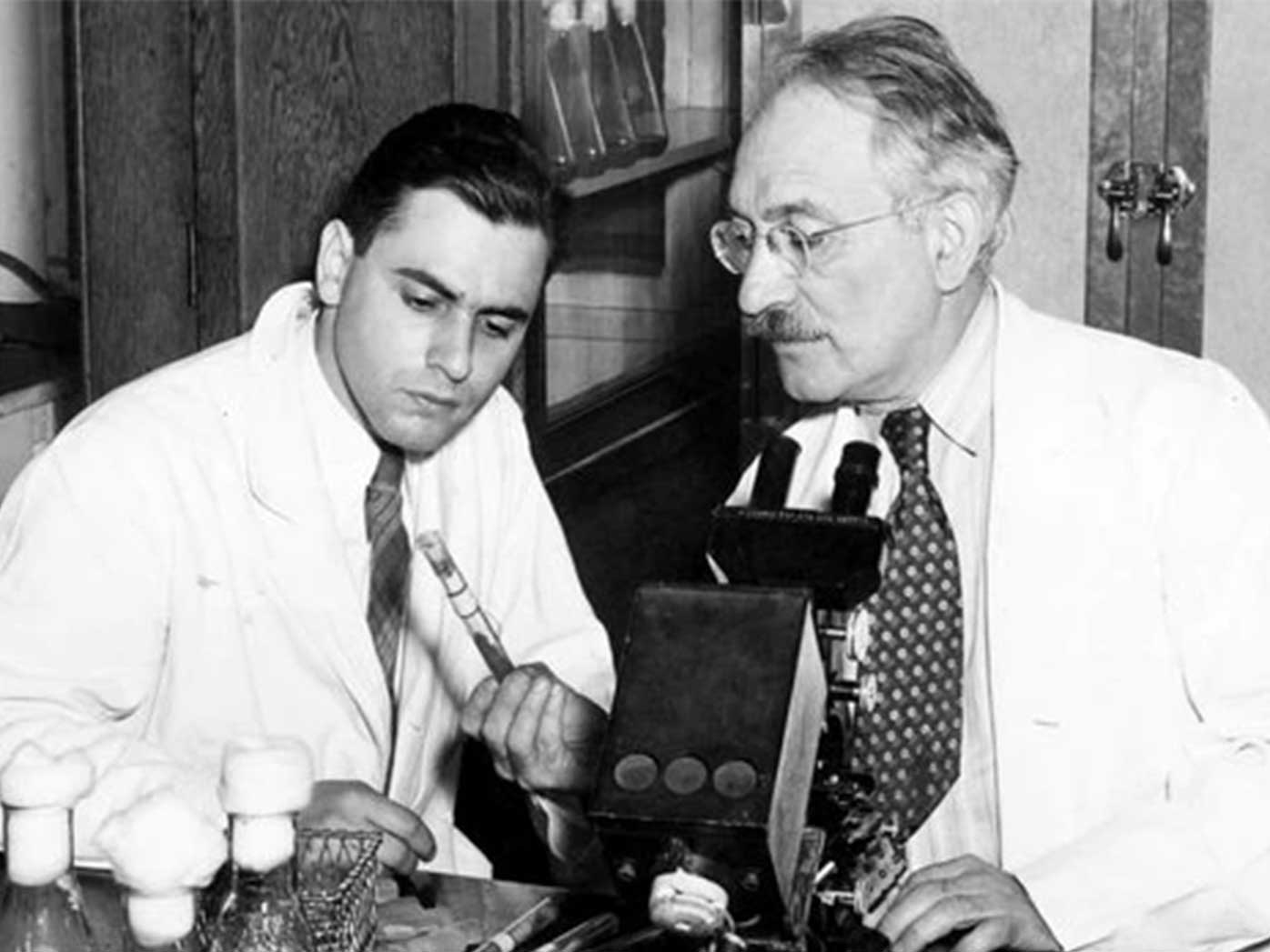
The antibiotic streptomycin was first isolated on October 19, 1943, at Rutgers University in the US.
Streptomycin was found to be the first antibiotic cure for moderate to severe bacterial infections – including tuberculosis, one of the deadliest diseases on Earth.
Tuberculosis is estimated to have killed over a billion people over the last two centuries.
READ MORE: The wretched fate Anthony Albanese is hoping to dodge in two days
Streptomycin was isolated by PhD student Albert Schatz after a few months of gruelling research working around the clock in a lonely lab, even risking exposure to the deadly disease himself.
Athough his supervisor Selman Waksman claimed the credit, alleging Schatz was just a lab assistant.
Waksman received the Nobel Prize for the breakthrough, along with substantial royalties.
Schatz went on to sue Waksman and Rutgers for his share of the royalties.
This legal battle became one of the biggest fights for credit in the history of scientific discovery.
Schatz was eventually given three per cent of the royalties, but was never hired to work in a top-level microbiology lab again.
READ MORE: Fears multiple takeaway orders contaminated with rat poison
Testing the drug was a difficult procedure.
The first test patient died, and the second went blind as a side effect.
The third patient, Robert Dole, was dying from an infection after being hit with a shell during World War II.
READ MORE: Giant hailstones unleashed on state during wild storm
Dole not only recovered, but lived until he was 98.
In his long life he would become a congressman, then a senator, then the Republican nominee for president in 1996.
He lost to Bill Clinton.
DOWNLOAD THE 9NEWS APP: Stay across all the latest in breaking news, sport, politics and the weather via our news app and get notifications sent straight to your smartphone. Available on the Apple App Store and Google Play.


